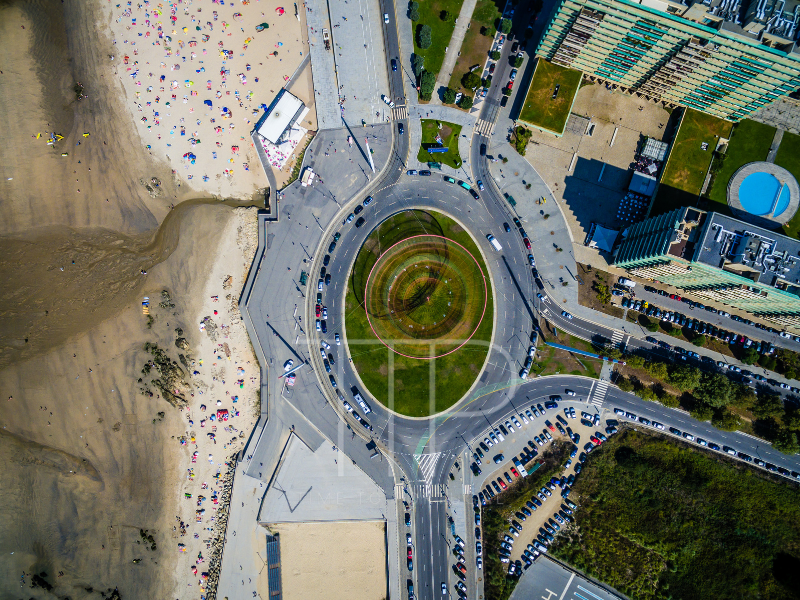Especially in the border areas with Spain, Portuguese motorists who drive frequently in Spanish cities and on Spanish roads face the same difficulties as our neighbors who travel to Portugal.
Especially in the border areas with Spain, Portuguese motorists who drive frequently in Spanish cities and on Spanish roads face the same difficulties as our neighbors who travel to Portugal
As it happens, the rules for traffic circles in Spain are different from those in Portugal and are as follows: vehicles already on the traffic circle have priority over those wishing to enter, you must exit the traffic circle from the outside lane, and lane changes within the traffic circle must be signaled with a flashing light.
It is also recommended that, on interurban roads, the outside lane of the traffic circle is used whenever possible, and the inside lanes are only used for overtaking, returning to the outside lane to exit the traffic circle. In urban areas, the rule is more flexible, allowing the use of inside lanes when convenient, but always paying attention to signs and traffic.
In Portugal, vehicles inside the traffic circle have priority over those entering, drivers wishing to exit at the first exit of the traffic circle must take the right-hand lane, and to exit at any other exit, drivers must change to the right-hand lane only after passing the exit immediately before the one they wish to exit.
In Portugal, before 2014, the rule was different, allowing the use of the inside lane for overtaking and moving into the right-hand lane only to exit. This change may have added to the confusion among drivers who were used to the previous rule.
The main difference is in the use of lanes inside traffic circles. While in Spain the preference is for using the outside lane and greater flexibility in urban areas, in Portugal the rule requires a more strategic change of lanes, depending on the exit the driver intends to use.
It is this difference that can cause confusion for drivers unfamiliar with the specific rules in each country.

